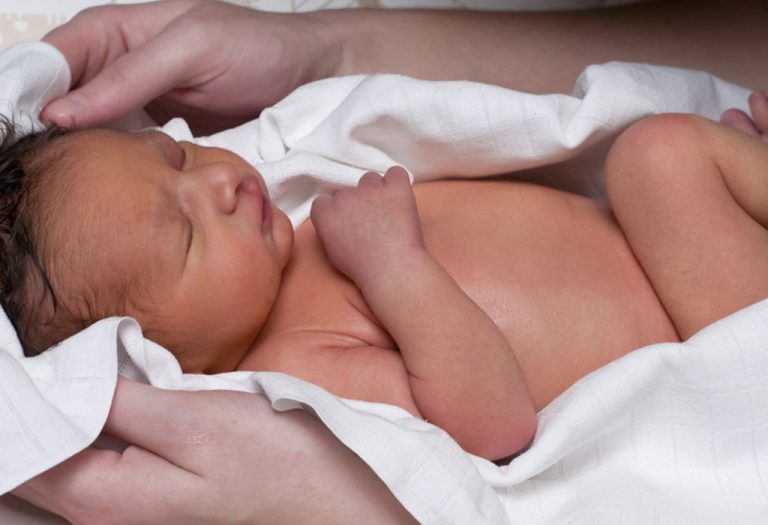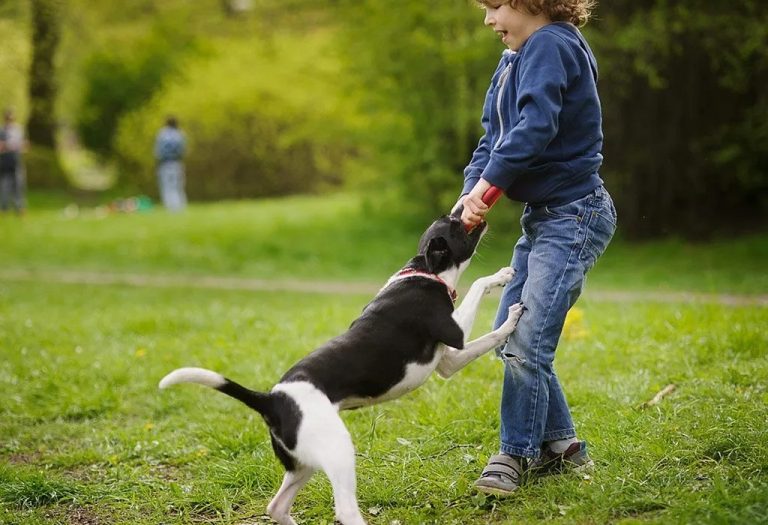New COVID-19 JN.1 Variant Found: Everything You Must Know

With winter festivities already at home, India is grappling with a resurgence of new COVID-19 cases, sparking alert and concern among people. JN.1, a descendant of the ‘pirola’ variant BA 2.86, which is an Omicron subvariant, has emerged recently. The World Health Organisation has recognised JN.1 as a variant of interest. The variant features an extra mutation in its receptor binding domain (L455S) in comparison to BA 2.86. Surprisingly, JN.1 exhibits substantial resistance across receptor binding domain classes 1, 2, and 3, displaying higher immune resistance when compared with BA 2.86 and other strains known for resistance. However, many experts have advised not to panic as it is categorised as ‘a variant of interest’ and not ‘a variant of concern.’
Infants, young children, pregnant women, and senior citizens are some groups of people that usually have compromised immune systems and high sensitivity to environmental factors. Health precautions and safety drills are necessary to ensure the cases do not rise and compromised groups remain infection-free. To know more about this, let’s delve into the symptoms observed and precautionary measures to deal with it.
Transmission Rate
The continued rise of COVID-19 cases in recent months has suggested that it is highly transmissible. Certainly, it has demonstrated higher transmission speed compared to its parent strain, Omicron. This accelerated rate of transmission of the JN.1 variant is a significant factor contributing to the global surge in COVID-19 cases.
Expert’s Take
Quoting Former WHO chief scientist Dr Soumya Swaminathan, ‘I think what we need to do is try to take the normal preventive measures that we are all now familiar with. We were familiar with Omicron, so it’s the same family. So not much has changed, but 1 or 2 new mutations have come up. And that’s why I think WHO has said let’s keep a watch on it. It’s a variant of interest. It’s not a variant of concern.’
Who Is at the Risk for JN.1 Subvariant of COVID-19?
According to the IMA COVID Task Force, Dr Rajeev Jayadevan, the new strain JN.1 can be troublesome for people of old age, the unvaccinated, and those with multiple comorbidities.
Initial Symptoms of the New Variant You Must Be Aware of
Health ministries of several states are urging individuals to seek medical attention for even mild cases of cold or fever. The modest symptoms observed for this variant include:
- Sore throat
- Headache
- Lethargy, muscle or body aches
- Fever
- Runny nose
- Mild gastrointestinal Issues
- Cough
- Shortness of breath or difficulty breathing
- Loss of taste or smell
- Nausea or vomiting
- Diarrhea
EXPERT ADVICE: When asked, Dr Sabiha Anjum, a decorated Gynaecologist, says, “Time and time again, COVID has taught us PREVENTION IS BETTER THAN CURE and that NO ONE IS EXEMPTED. So, the onus of limiting the spread and avoiding infection lies on US (the people). If you are in the high-risk groups, be extra careful and mask up.”
How Can I Avoid the New COVID Infection?
The key to avoiding the new COVID infection is to follow the familiar COVID-19 preventive measures, such as:
- practising good hand hygiene,
- maintaining social distance,
- wearing masks in pubic spheres, etc.
Some other precautions people should be aware of include:
- Individuals aged 60 and above must exercise caution and wear masks in public places.
- Young infants, babies, and pregnant women should exercise the same level of caution as senior individuals.
- Avoid closed/crowded spaces with poor ventilation and sick people.
- Wear a mask and maintain distance from infected people if you are in a closed setting.
- Prefer open spaces for gatherings and functions.
- If you are unwell or observe the above-mentioned symptoms, seek medical guidance without delay.
- Take timely vaccinations for COVID-19, if you haven’t, and other infections like influenza.
At present, there are no restrictions on travel, movement, public functions, or stay. However, given the high transmission rate, experts across the country recommend people to stay calm and take precautions. Additionally, parents and primary caregivers must take appropriate measures to keep children and vulnerable individuals safe.
Timely vaccination, one-arm distance, and the classic mask-on fashion statement are back again. Despite the increase in cases, the health warriors nationwide are doing their level best. So, stay safe, keep your hands clean before giving the high-fives, and urge your friends and family to follow the safety guidelines!
Also Read:
COVID-19 in Children
Coronavirus Vaccine for Kids
Ways to Boost Your Immunity and Stay Healthy
Is it Safe to Get a COVID-19 Vaccine During Pregnancy or Breastfeeding?
Was This Article Helpful?
Parenting is a huge responsibility, for you as a caregiver, but also for us as a parenting content platform. We understand that and take our responsibility of creating credible content seriously. FirstCry Parenting articles are written and published only after extensive research using factually sound references to deliver quality content that is accurate, validated by experts, and completely reliable. To understand how we go about creating content that is credible, read our editorial policy here.























